Balak
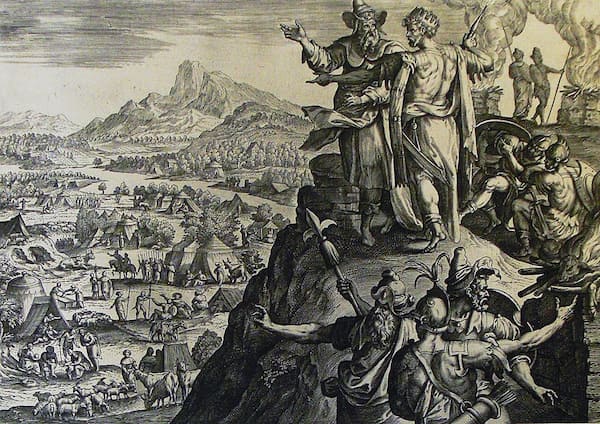
Parashat Balak recounts the intriguing story of King Balak’s attempt to curse the Israelites, leading to unexpected blessings and divine intervention.
Chukat
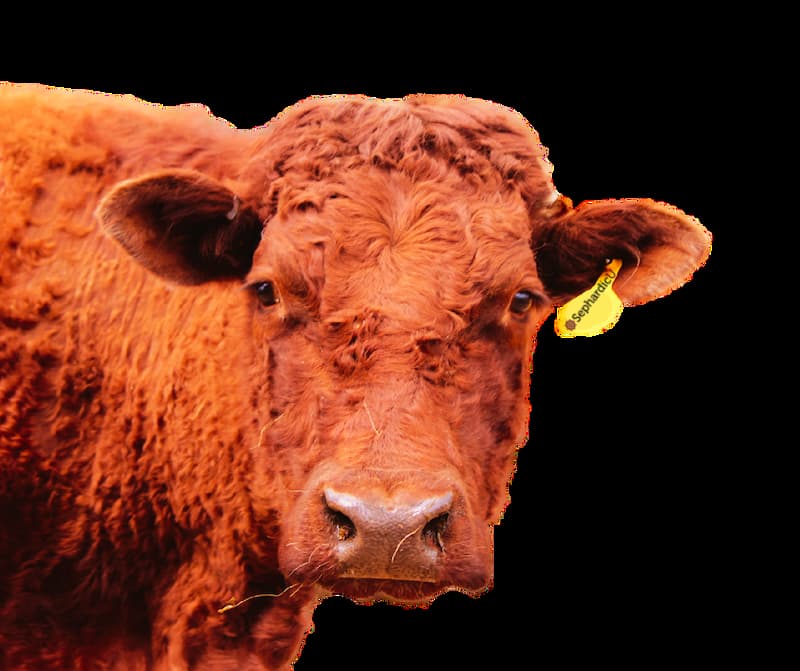
Parashat Chukat explores the Red Heifer ritual, Moses’ disobedience, Aaron’s passing, and battles faced by the Israelites.
Korach
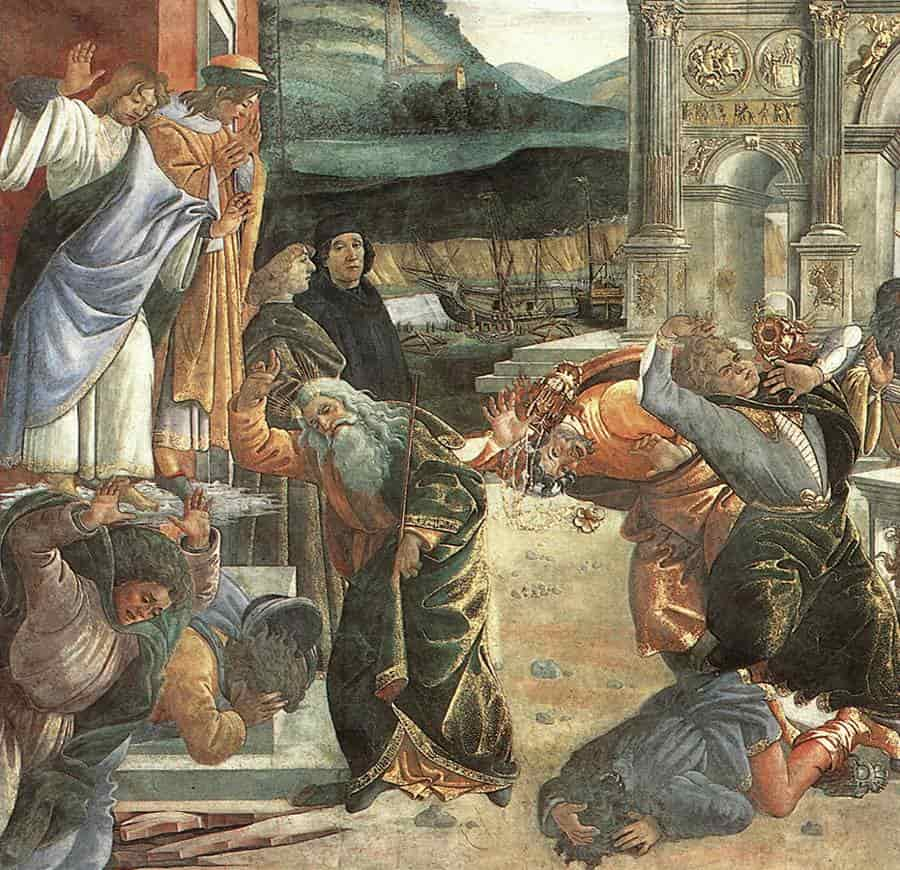
Dive into Parashat Korach, unraveling the story of rebellion, leadership, and the consequences of challenging authority.
Shelach
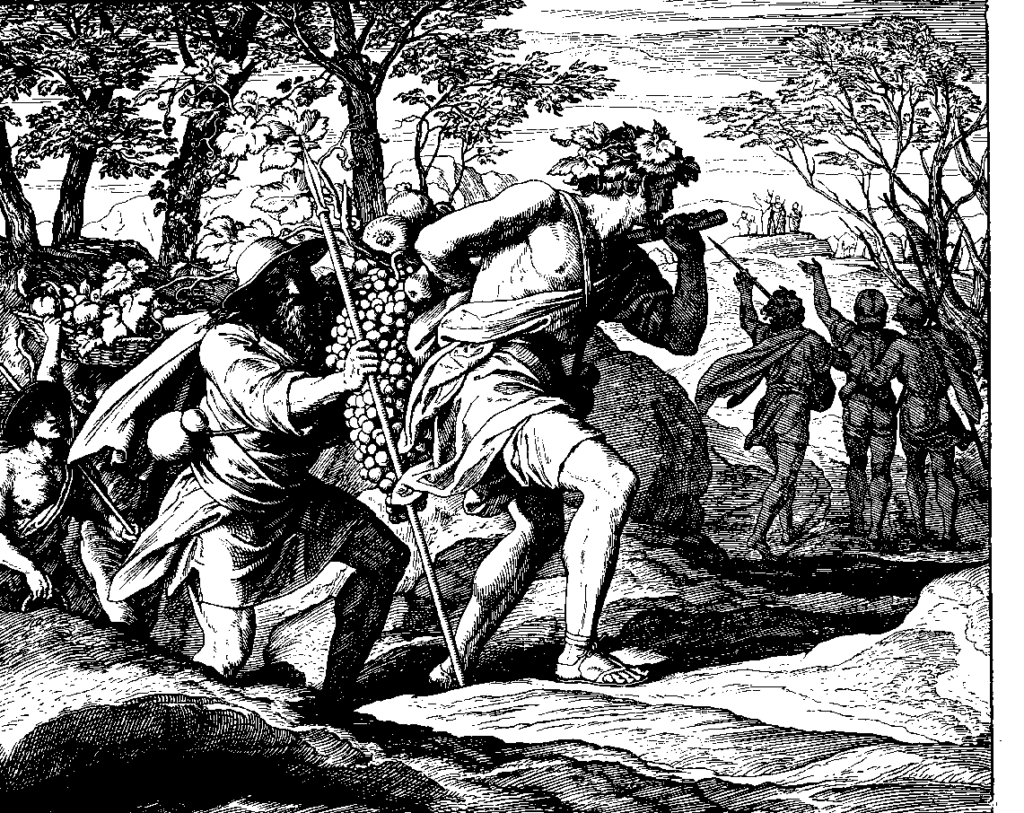
Parashat Shelach recounts the Israelite spies’ mission to explore Canaan and the consequences of their lack of faith.
Behaalotecha
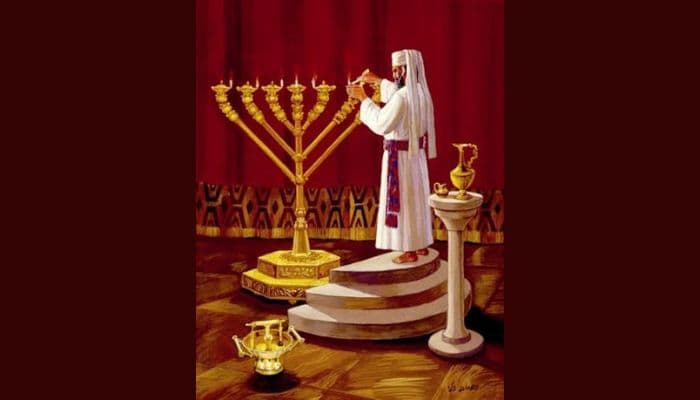
Parashat Behaalotecha delves into the lighting of the menorah, lessons on gratitude, and the importance of unity in communities.
Naso
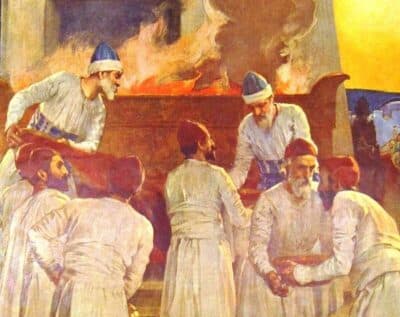
Parashat Naso teaches the importance of individual contributions, self-discipline, unity, and blessings for a meaningful and purposeful life.
Bemidbar
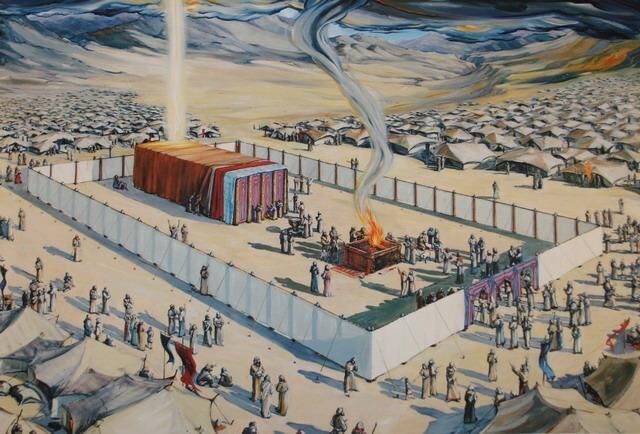
Numbers (“Bemidbar”) is the fourth book of the Torah, Judaism’s foundational text. It describes events from 40 years of the Israelites’ wanderings in the desert, beginning with a census and preparations for entering Israel.
Behukotai
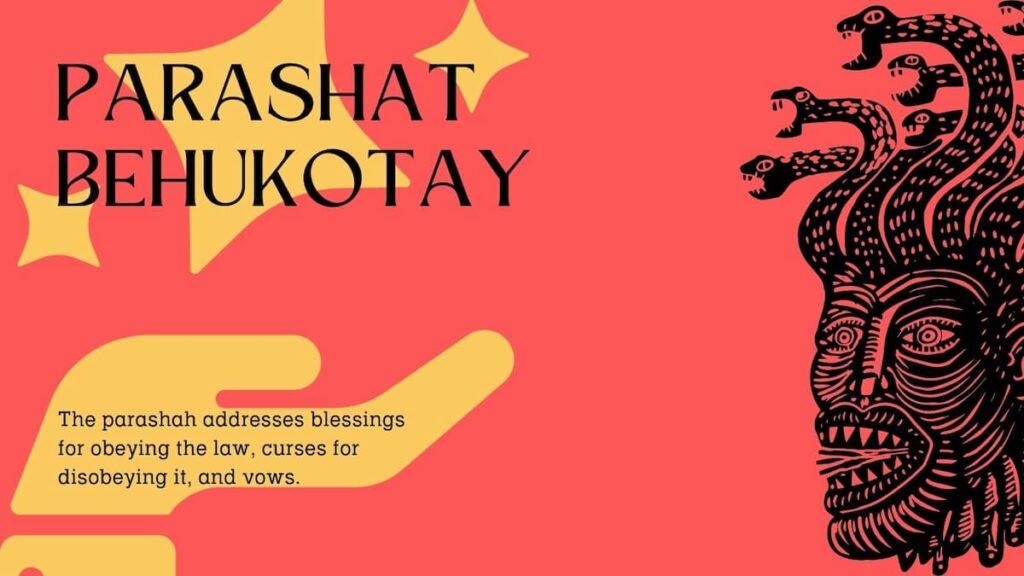
Bechukotai (“In My Laws”) is the final Torah portion in the Book of Leviticus. It begins describing blessings that follow obedience to God’s laws and curses that come with desecration of them. It ends with laws of vows and consecration of people and property.
Behar
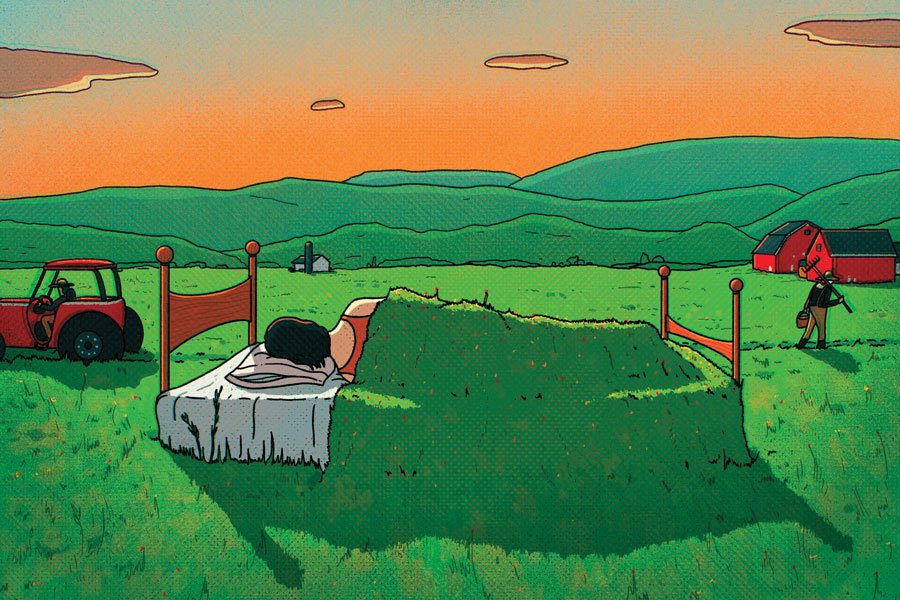
Behar (“On The Mountain”) details the laws of the sabbatical year (Shemita), when working the land is prohibited and debts are forgiven. It also sets out laws of indentured servitude and of the Jubilee year (Yovel), when property reverts to its original ownership.
Emor
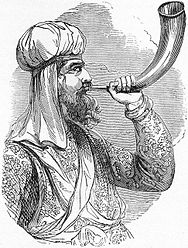
Emor (“Say”) opens with laws regulating priestly behavior, working in the Mishkan (Tabernacle), and consuming sacrifices and priestly food. It describes the biblical holidays of Passover, Shavuot, Rosh Hashanah, Yom Kippur, and Sukkot, and ends with a story about a blasphemer and his punishment.
